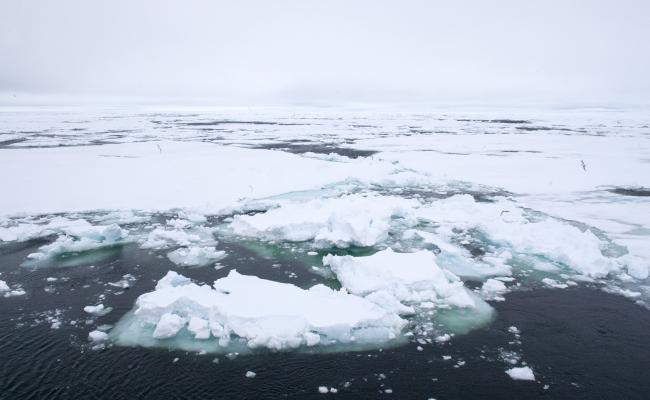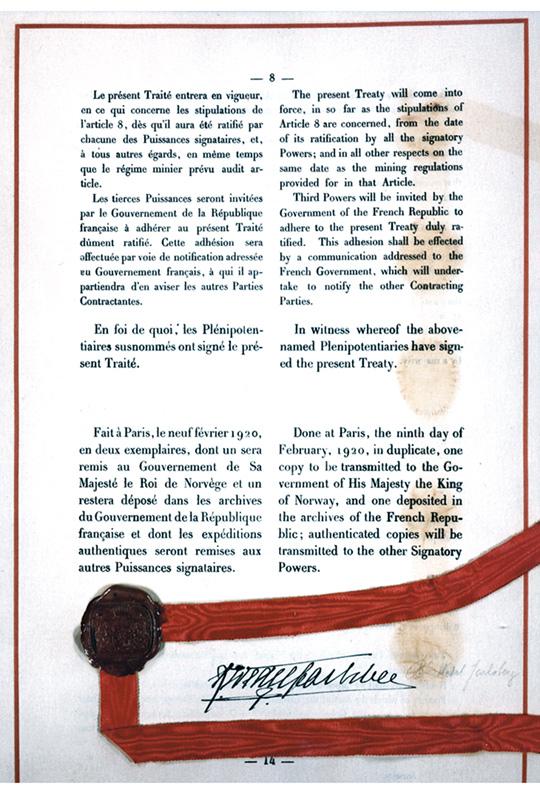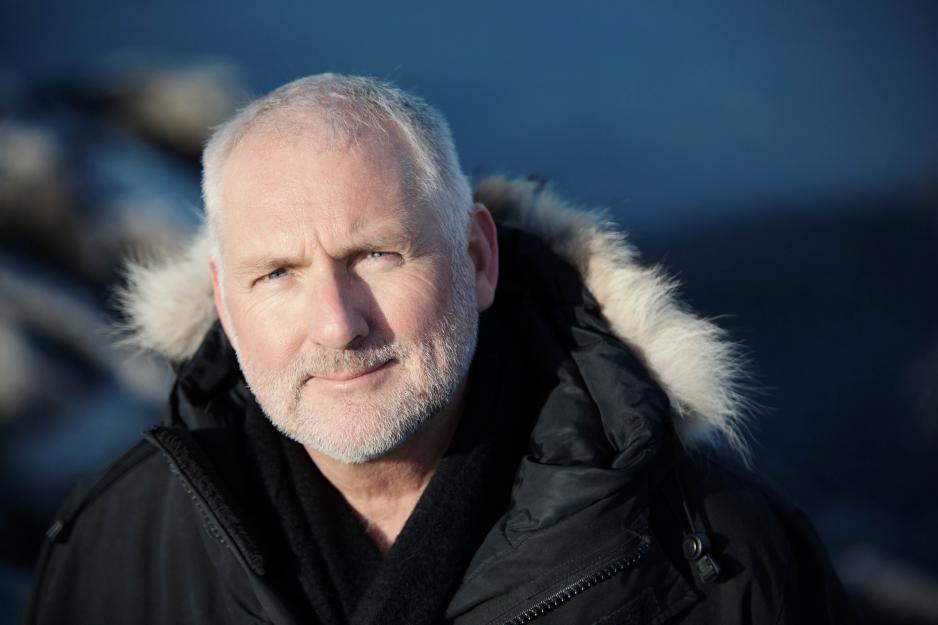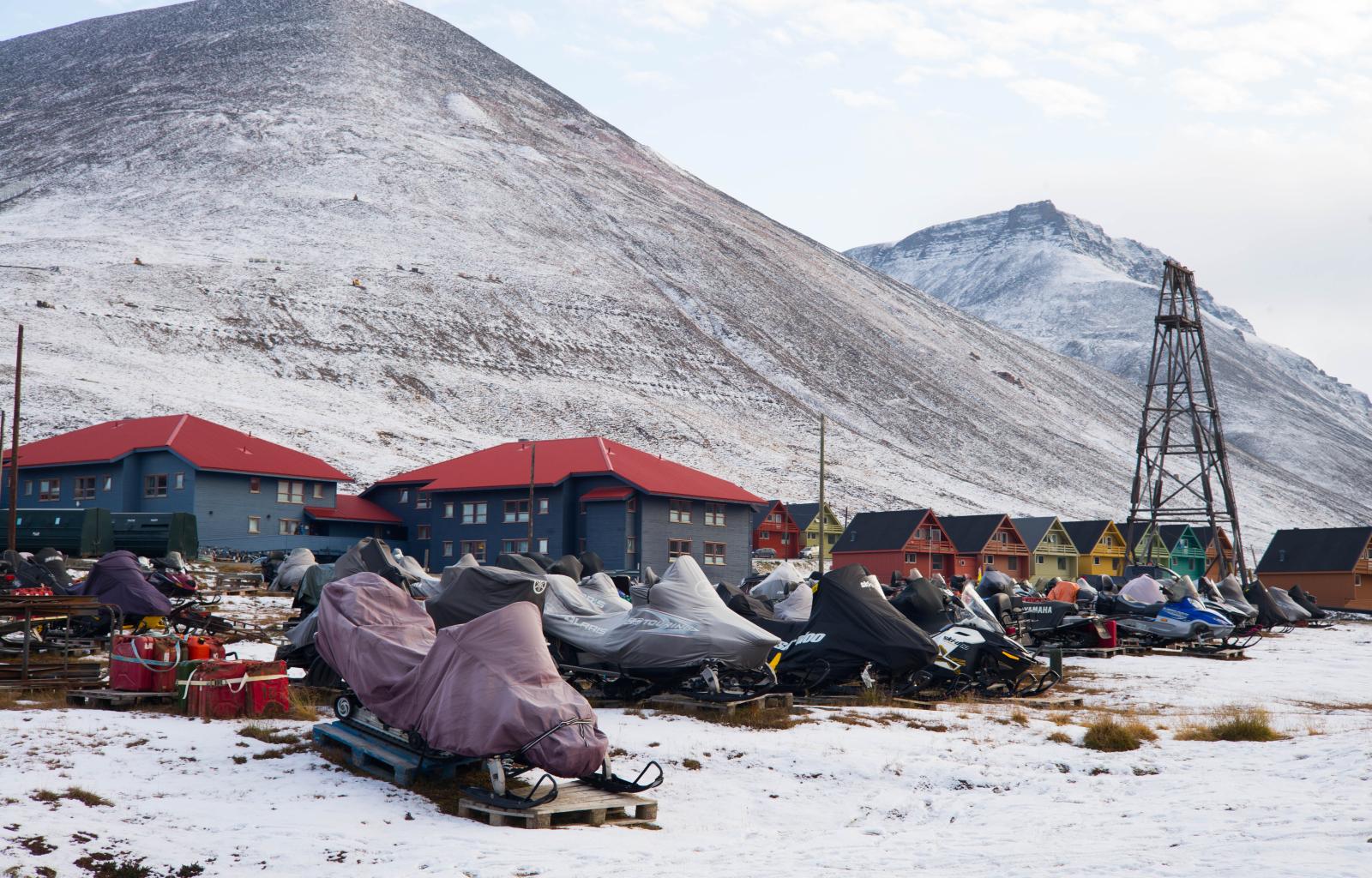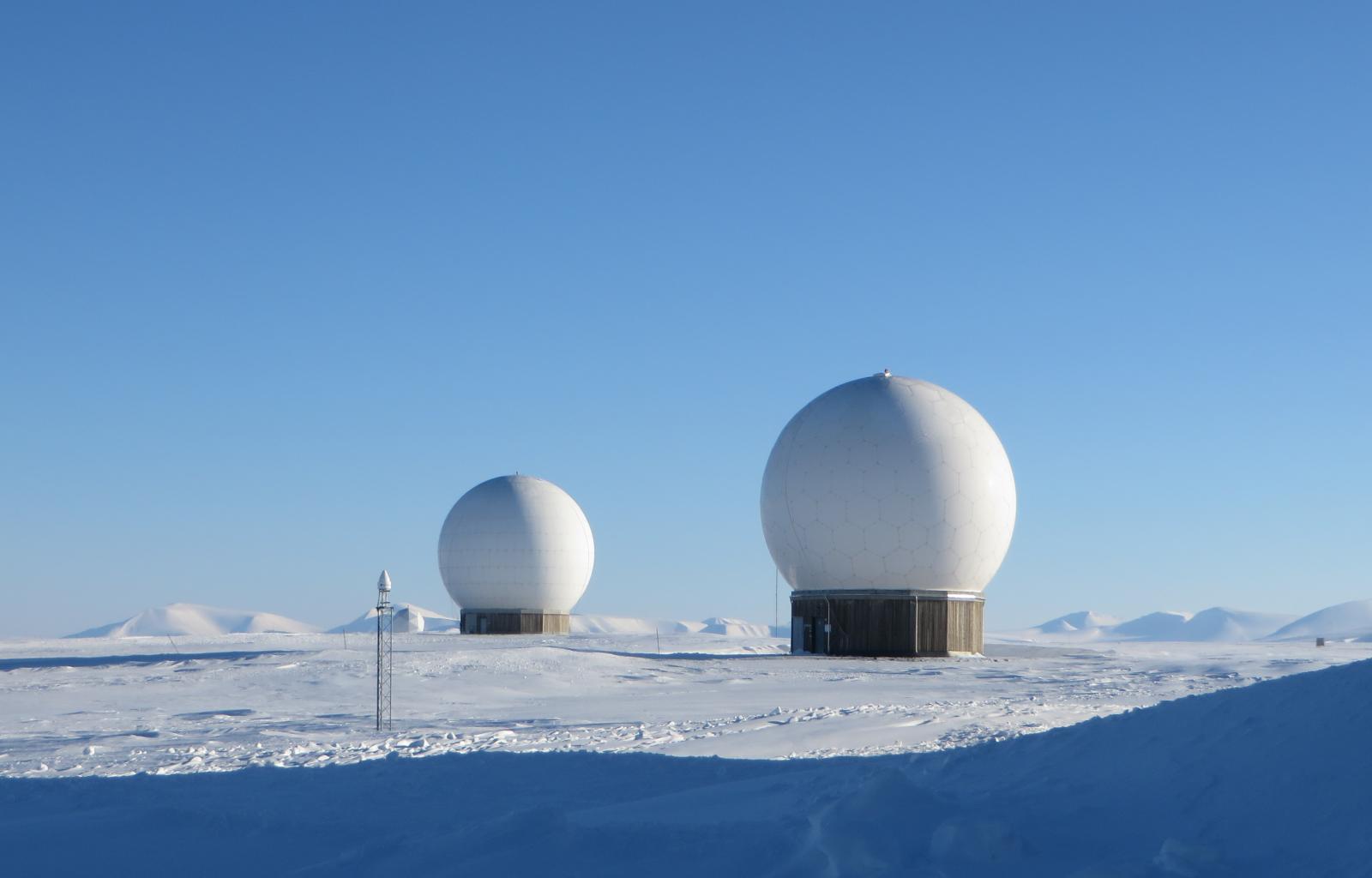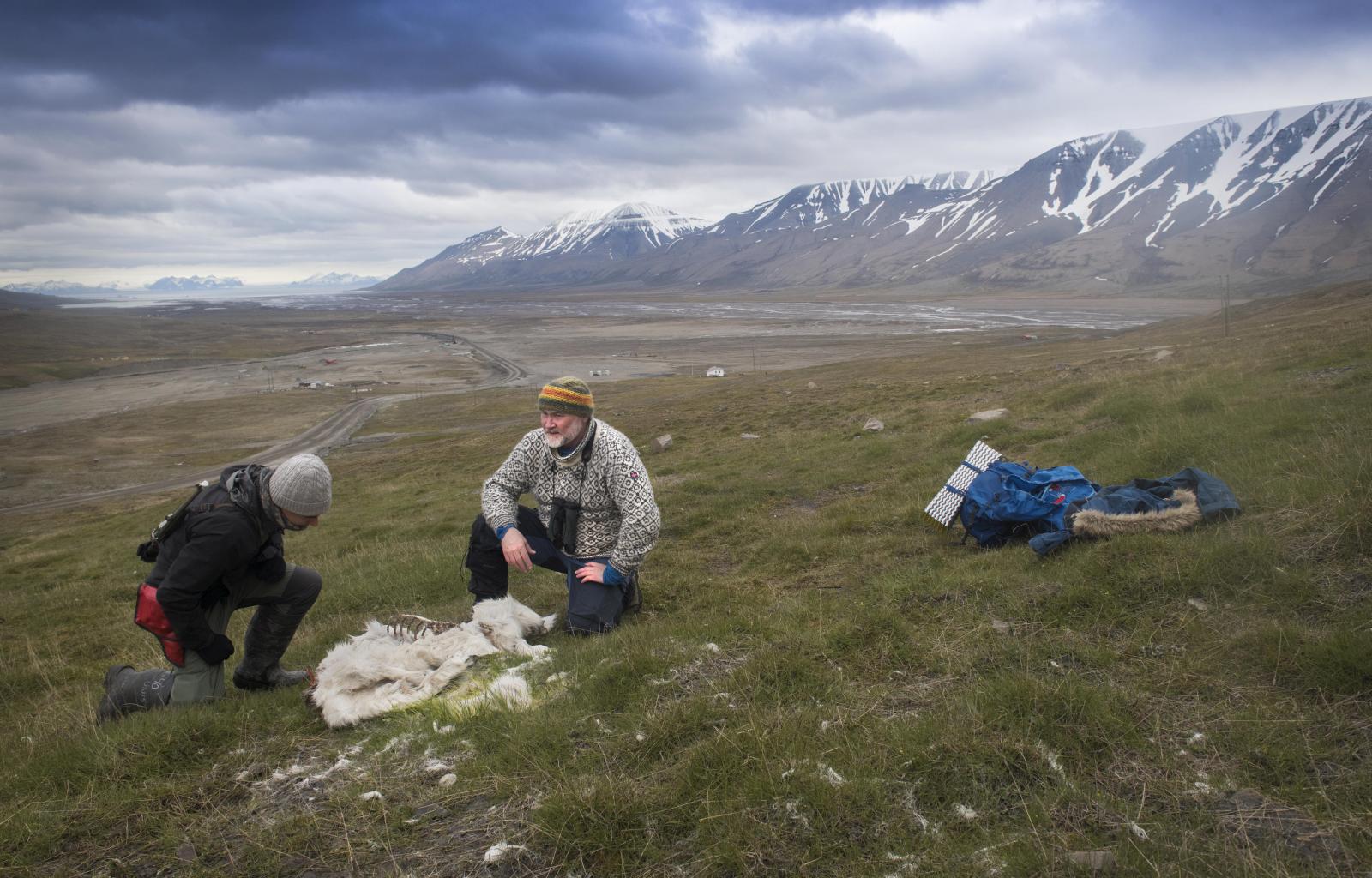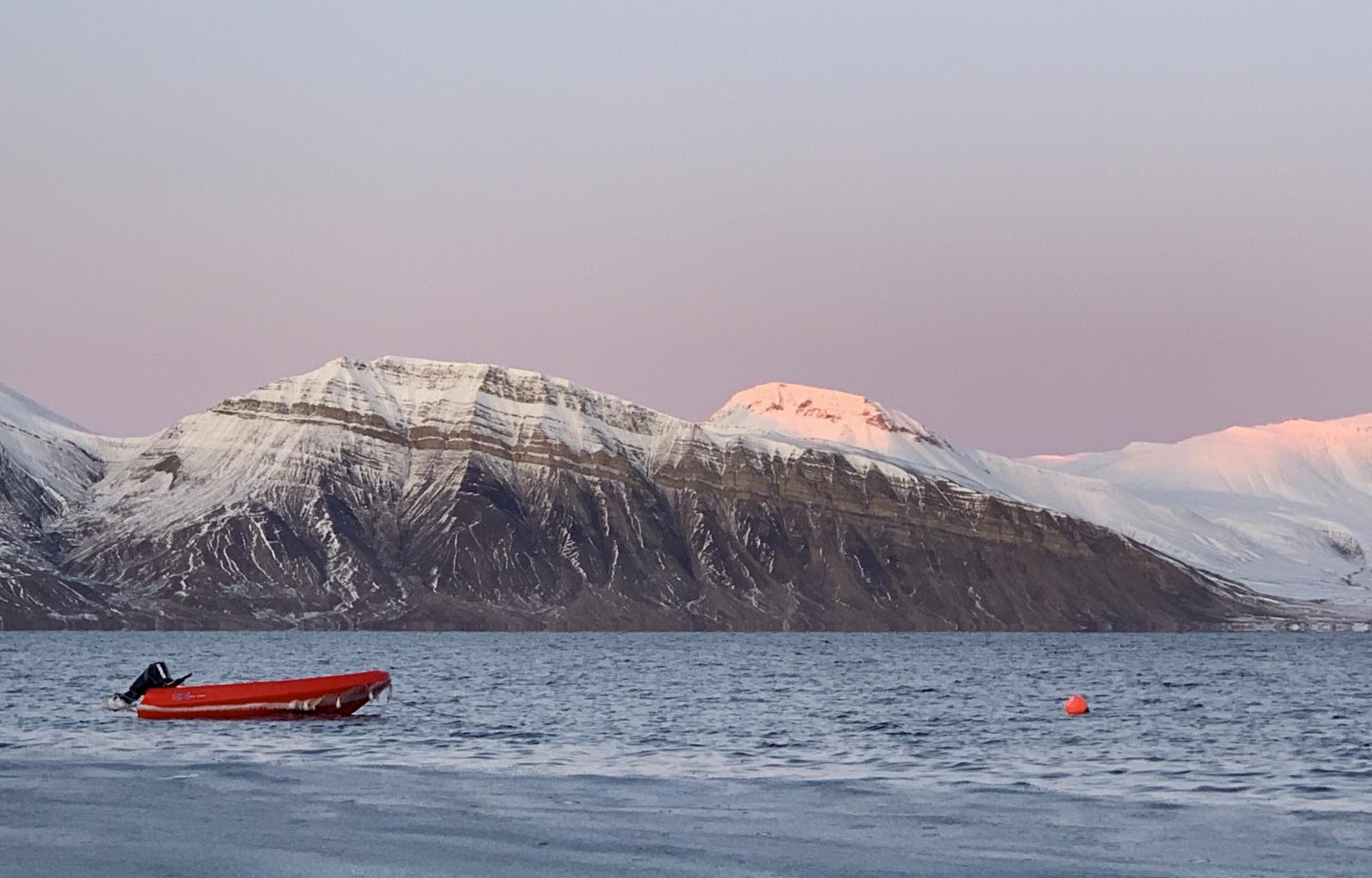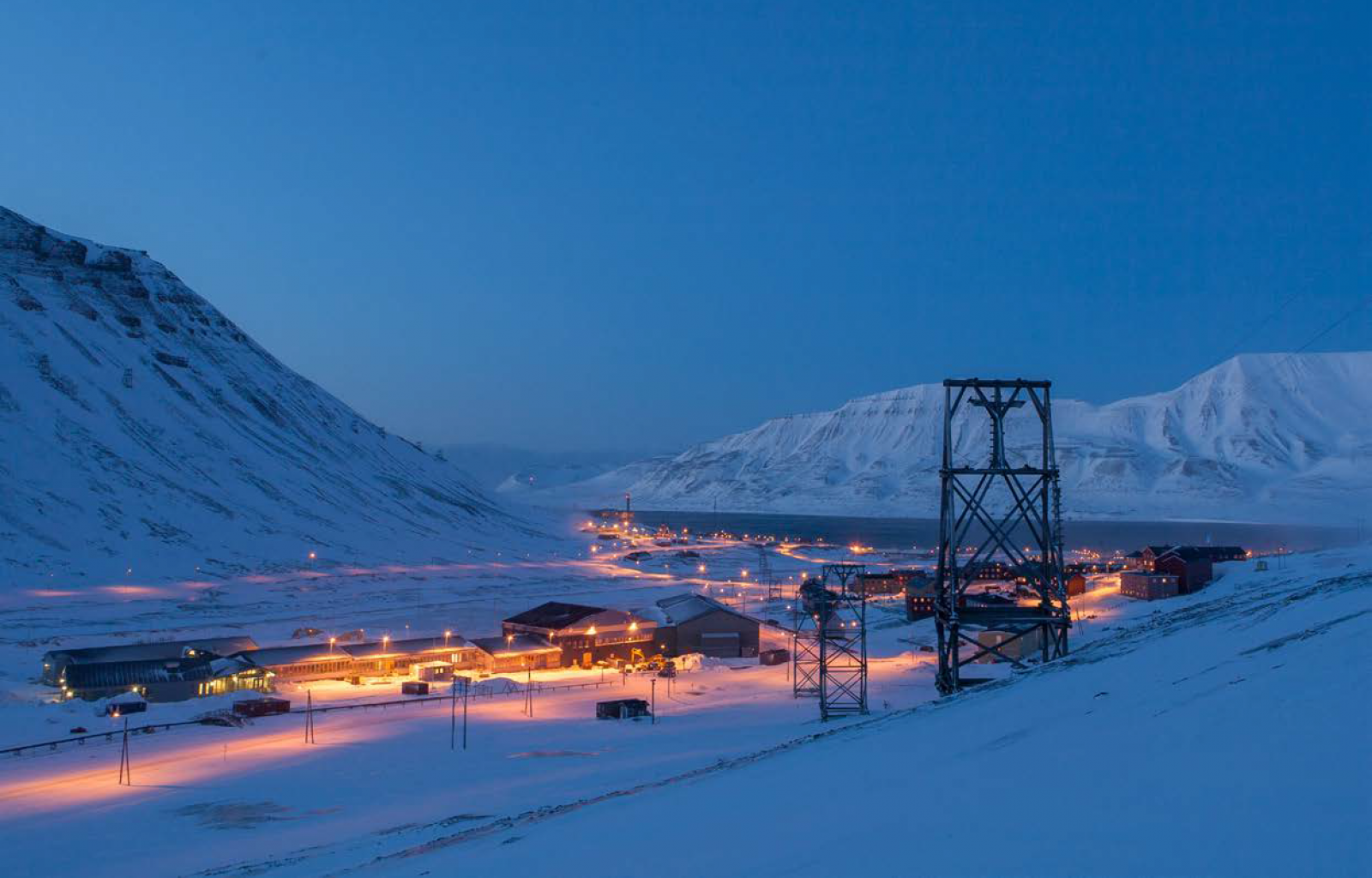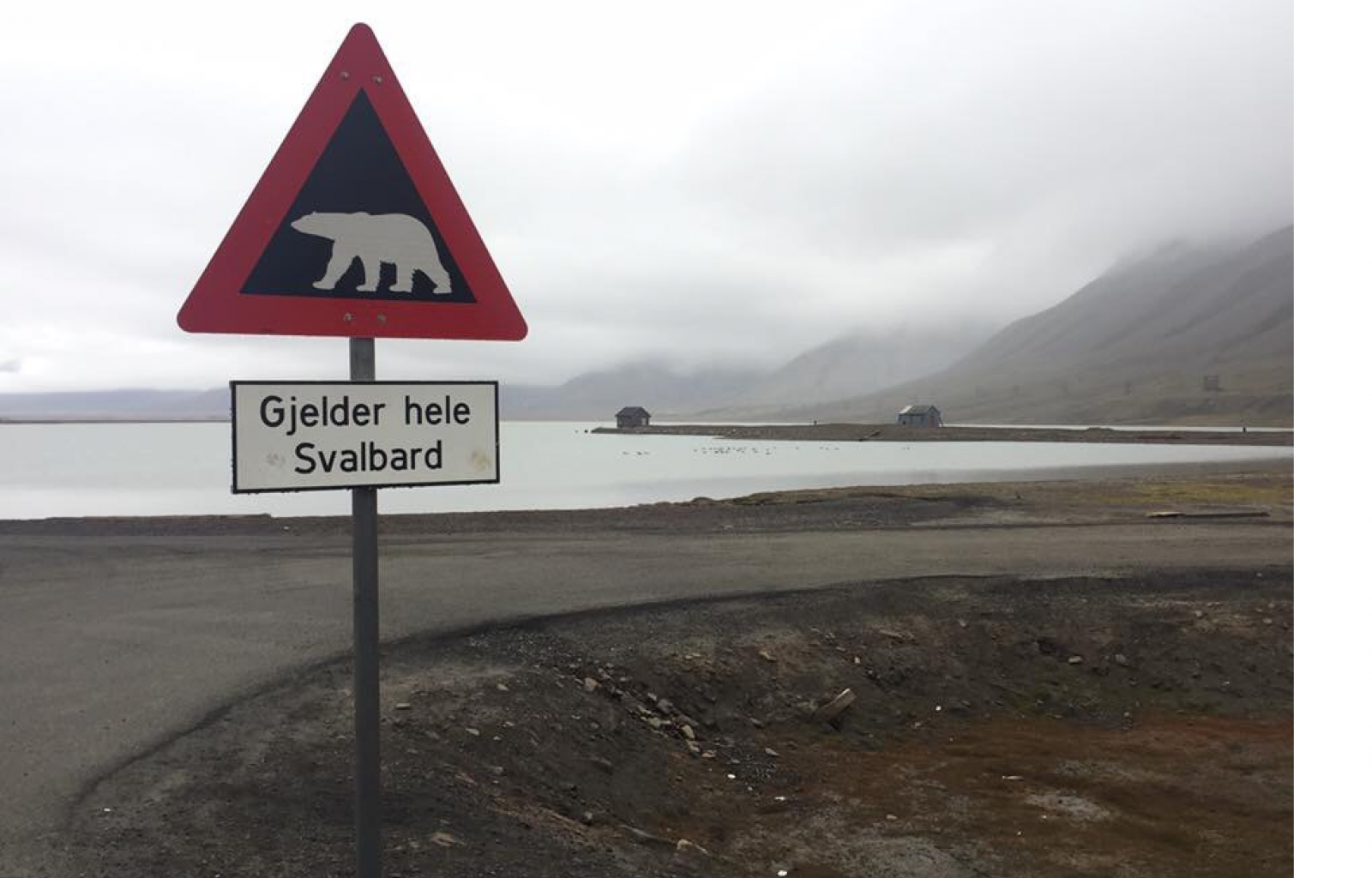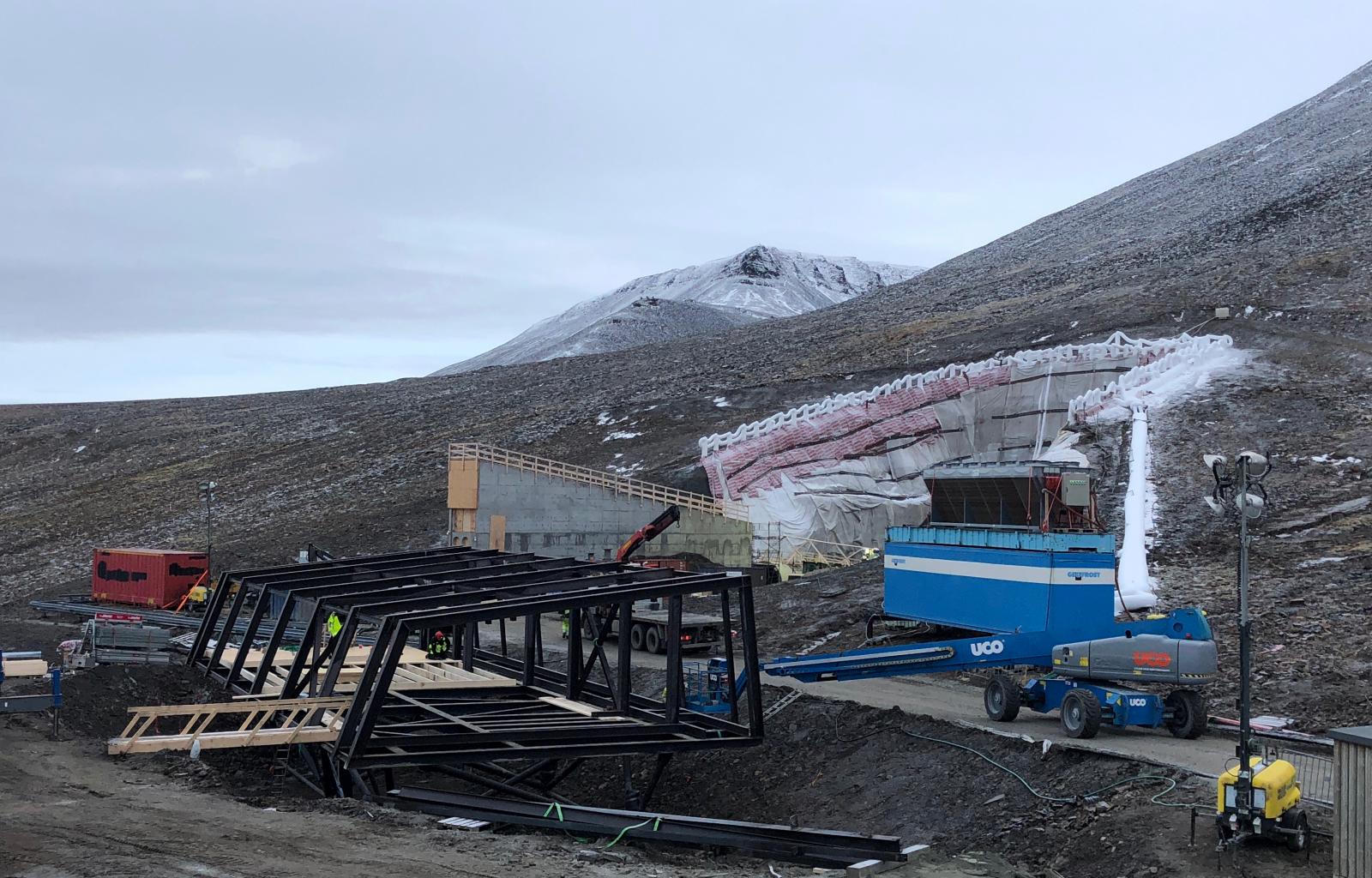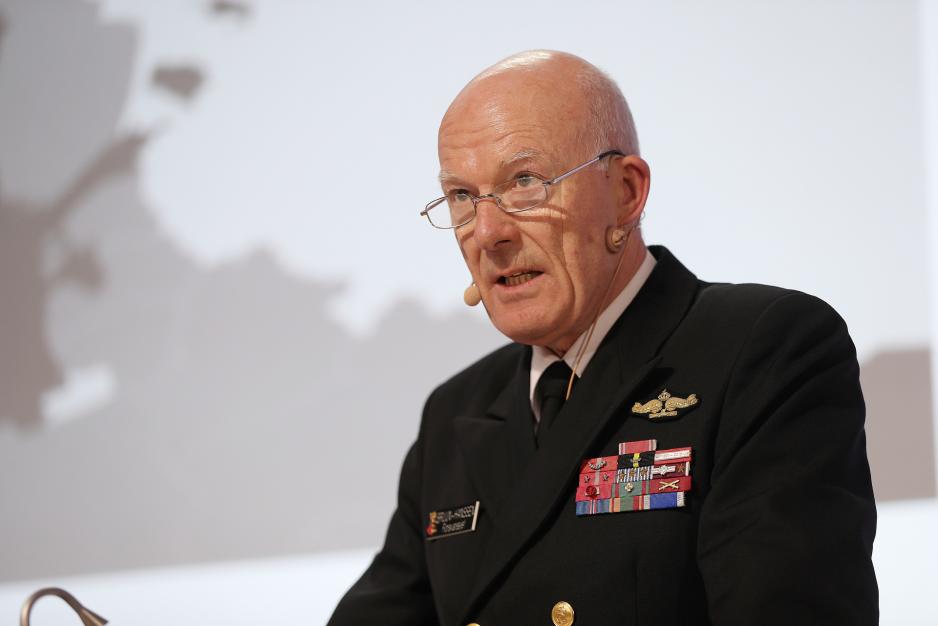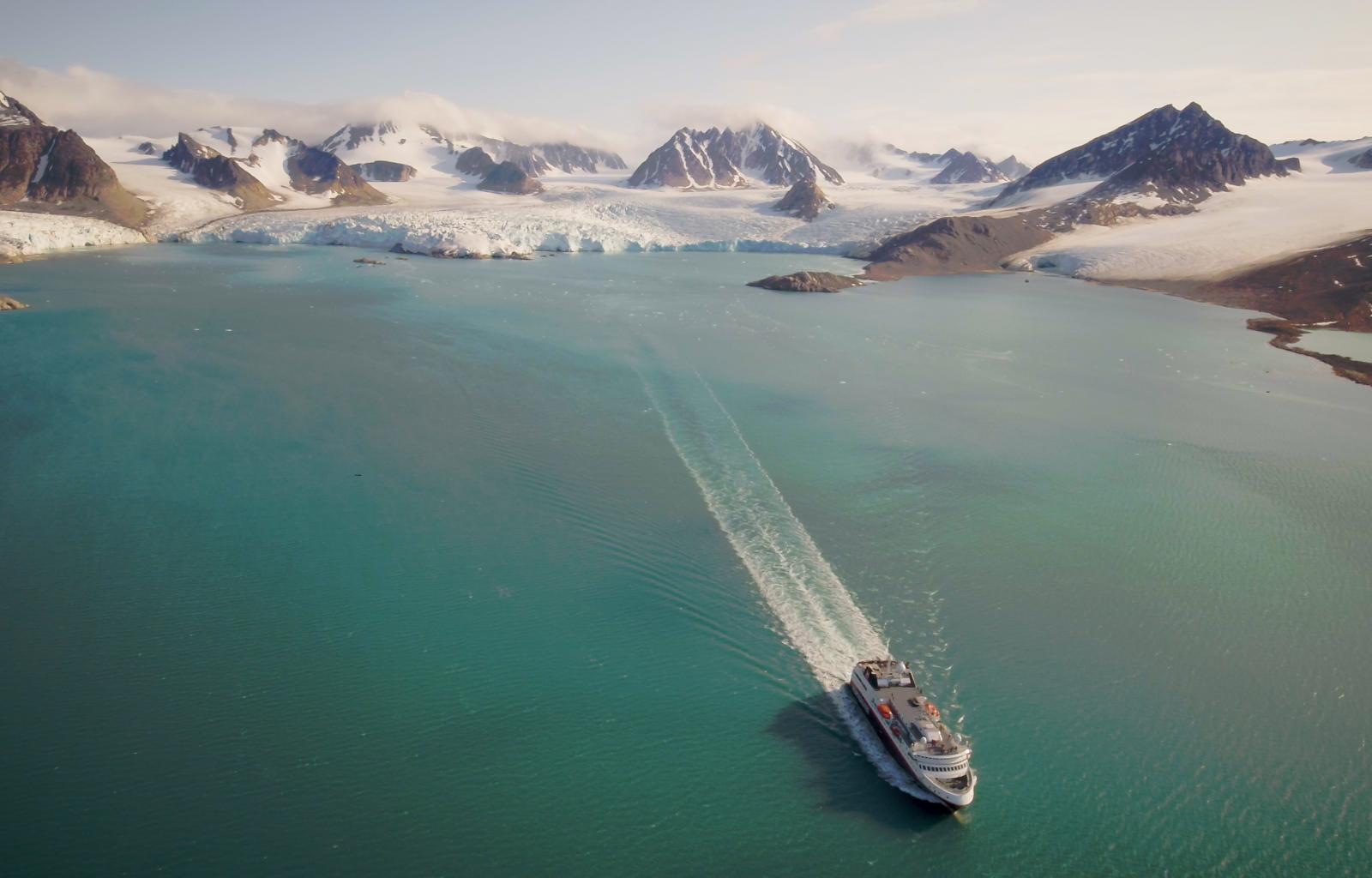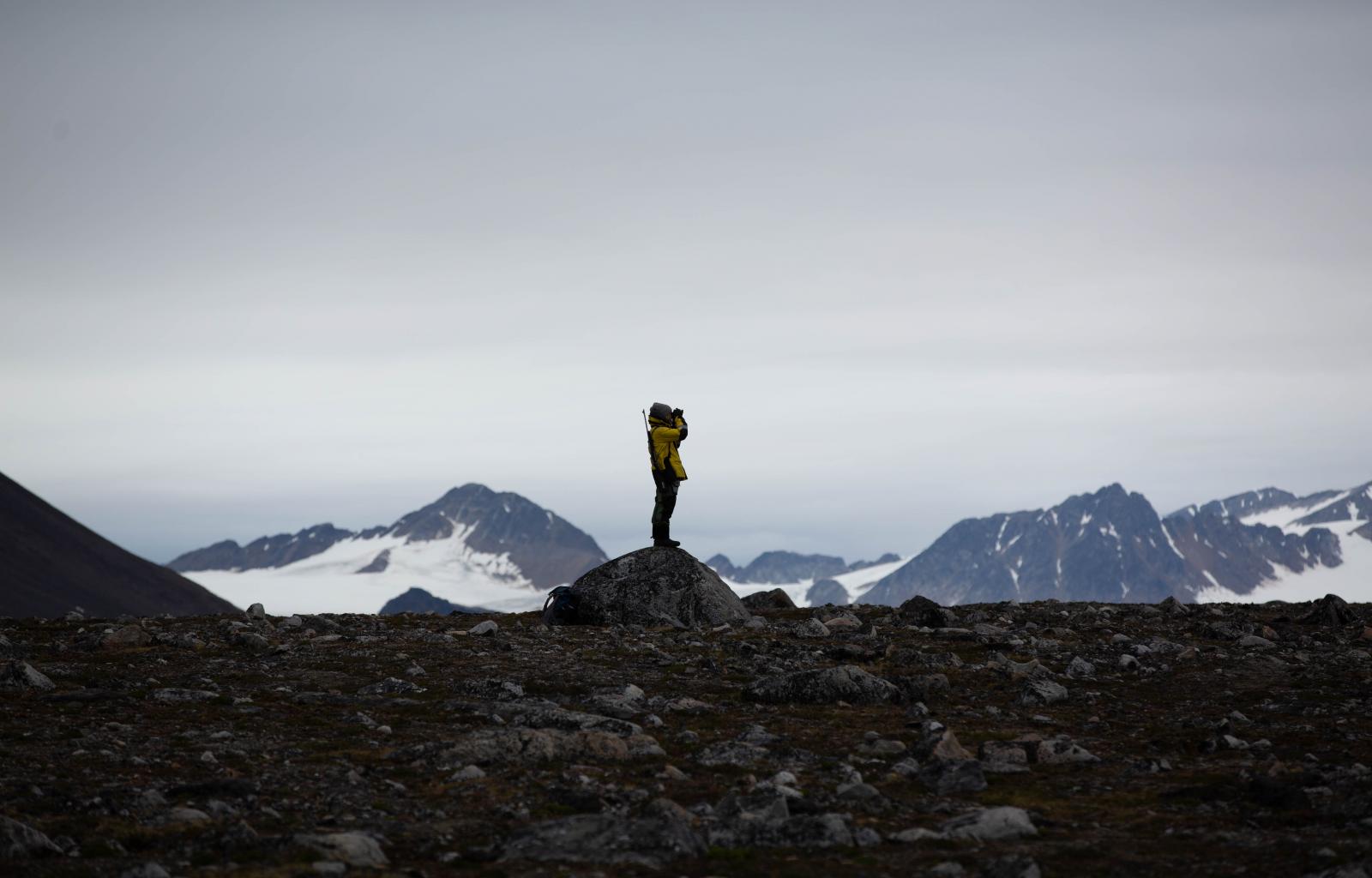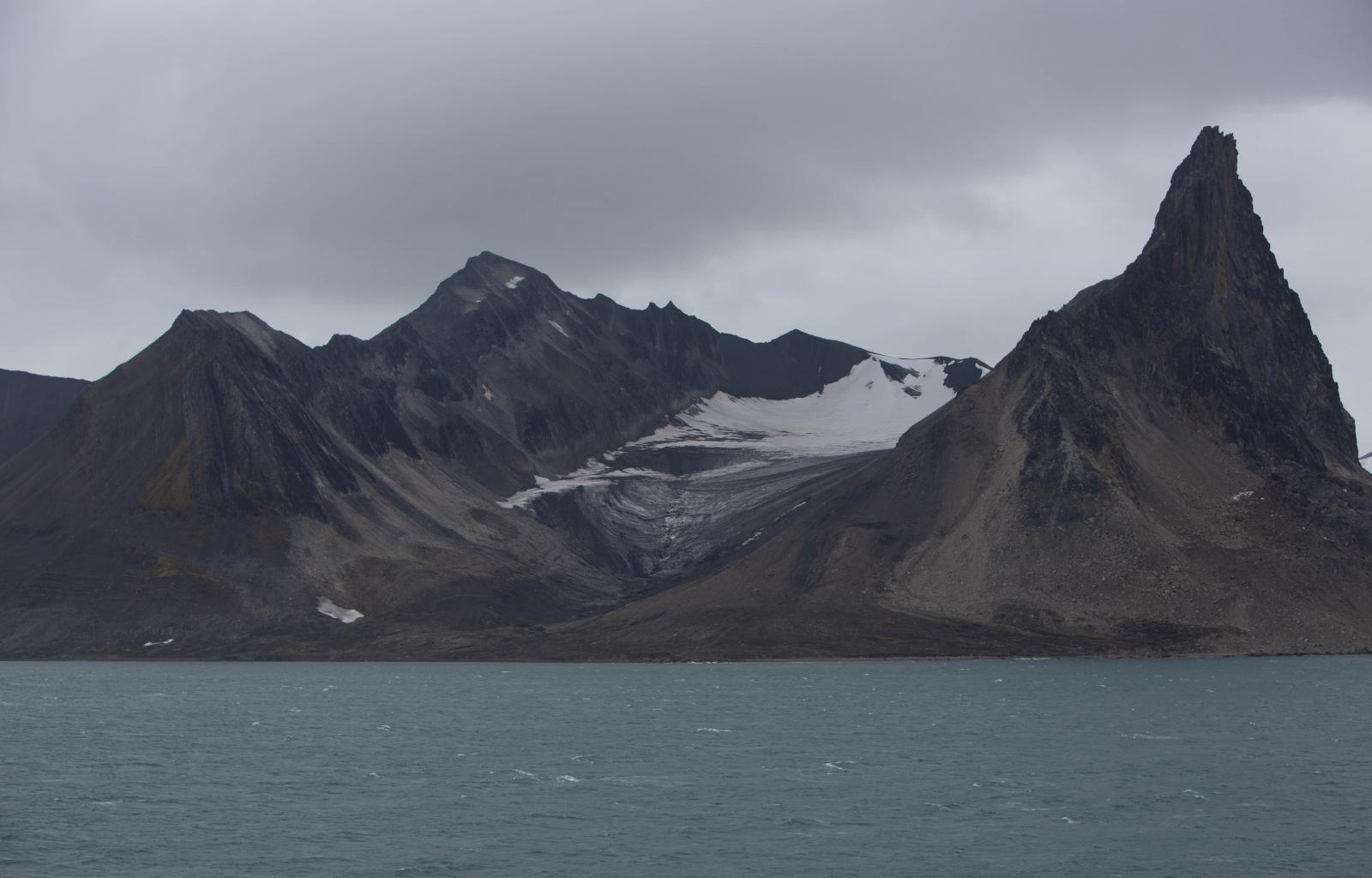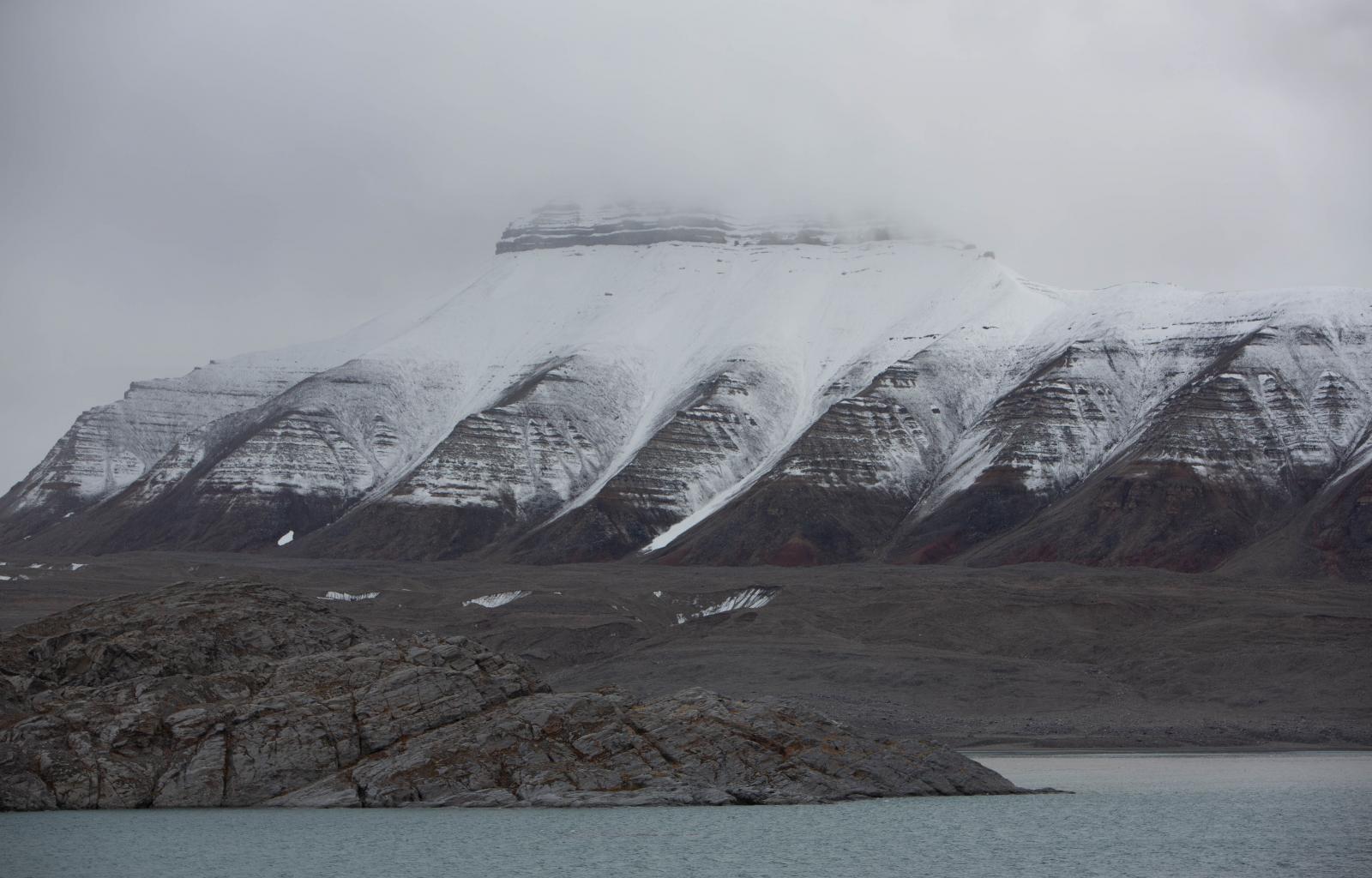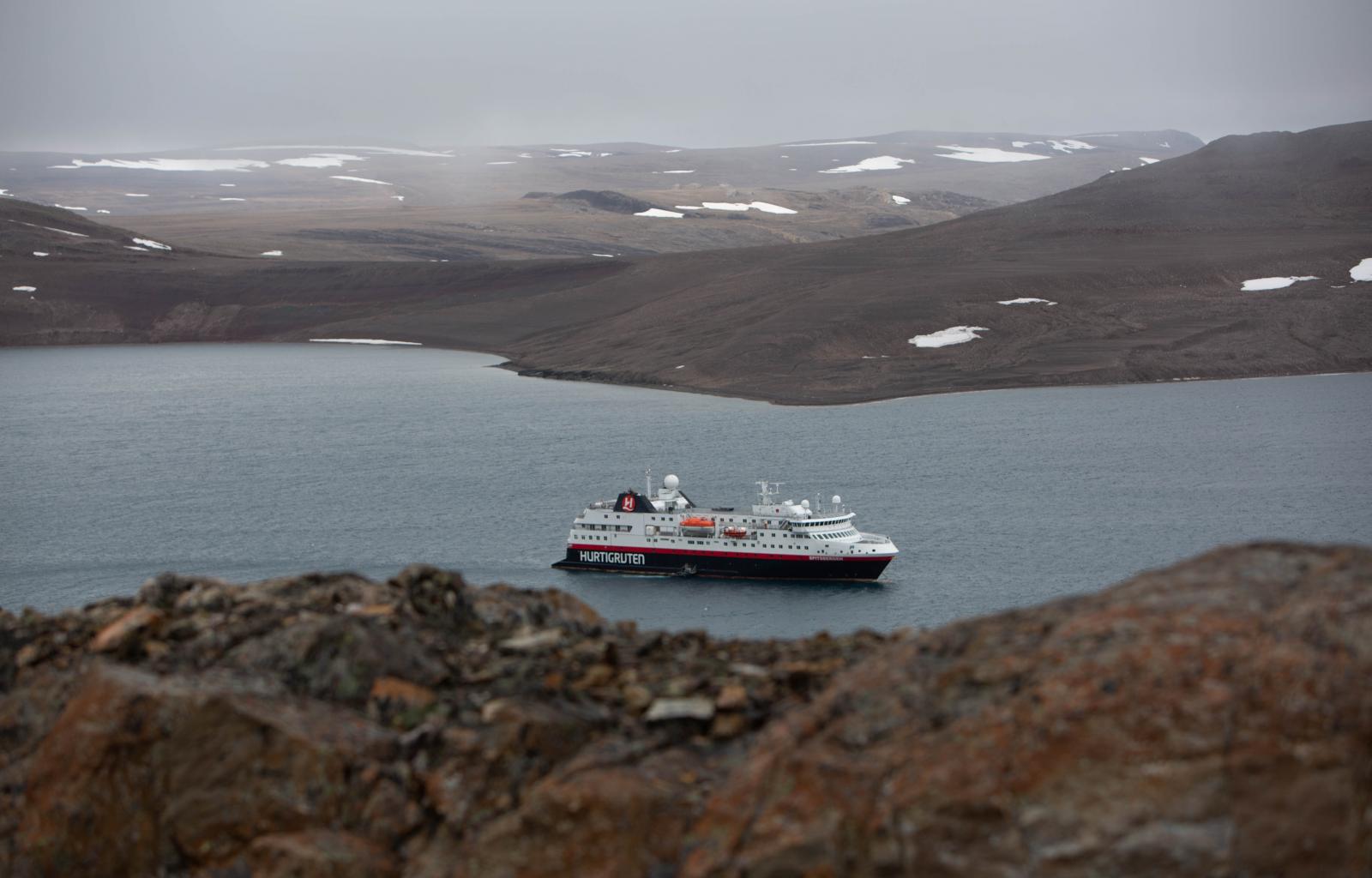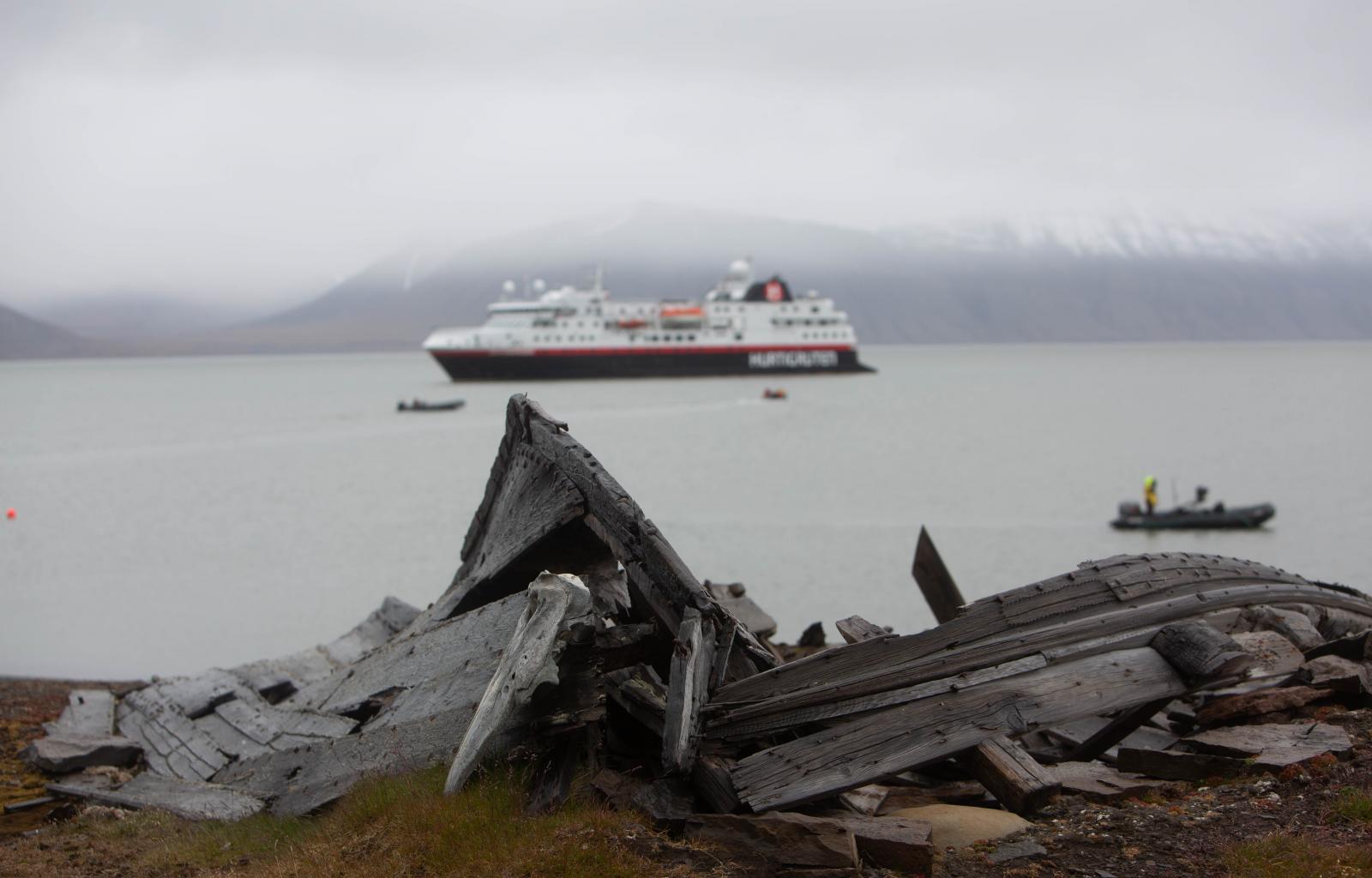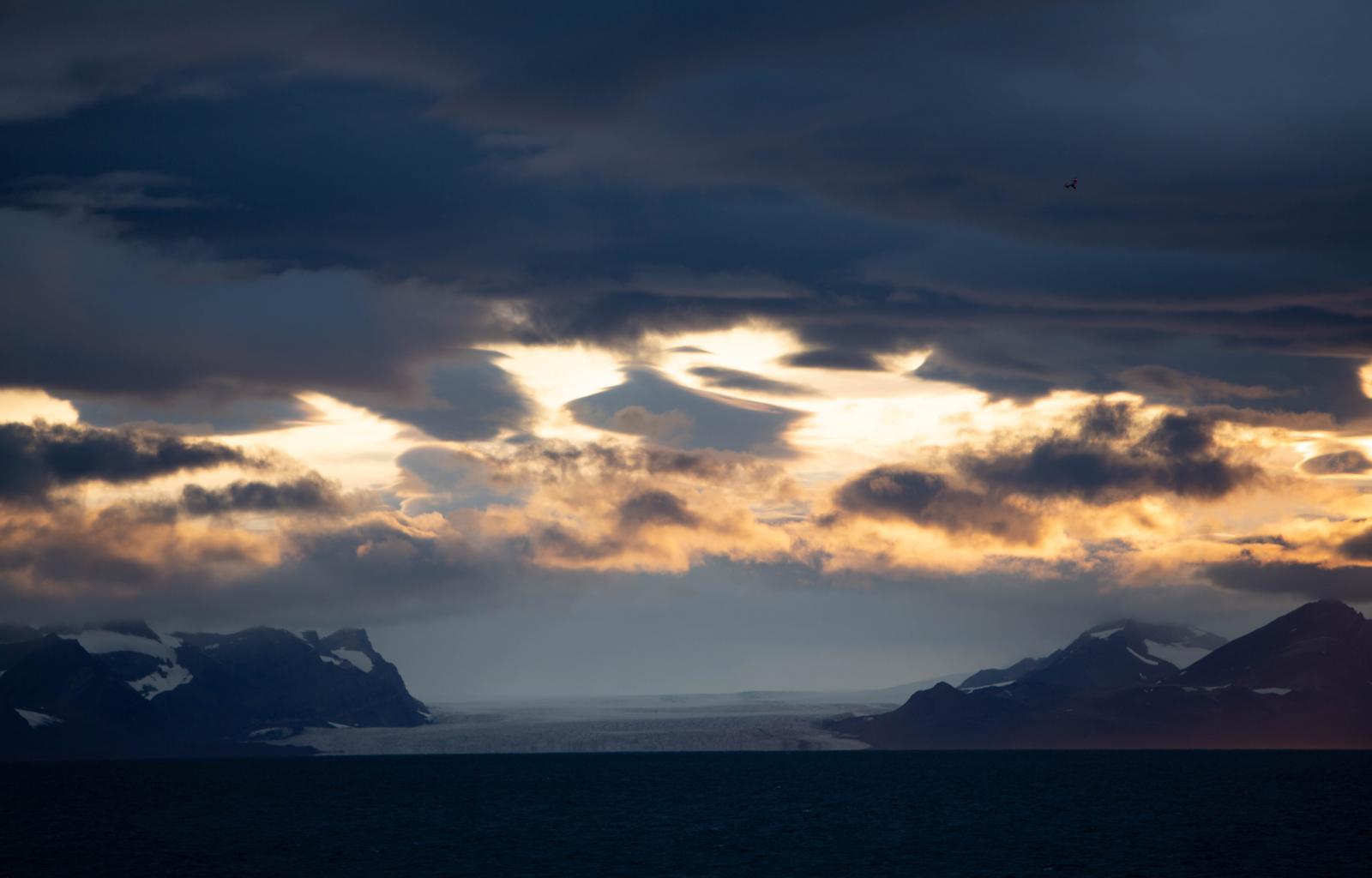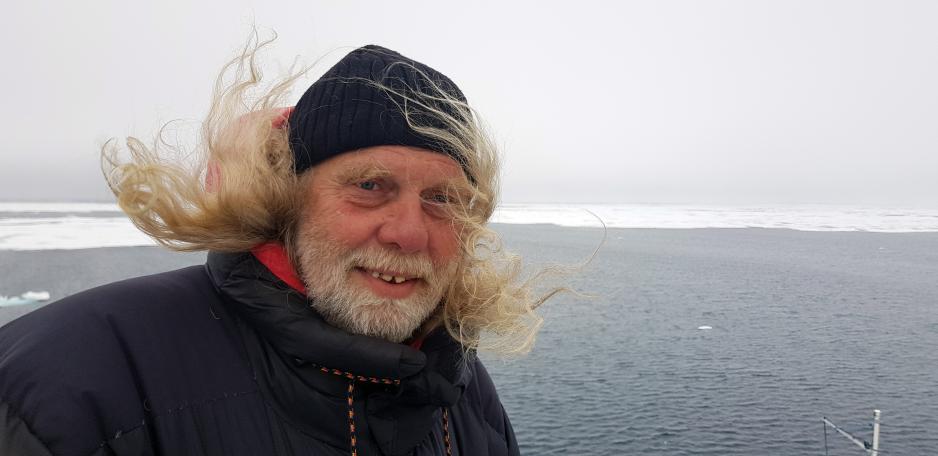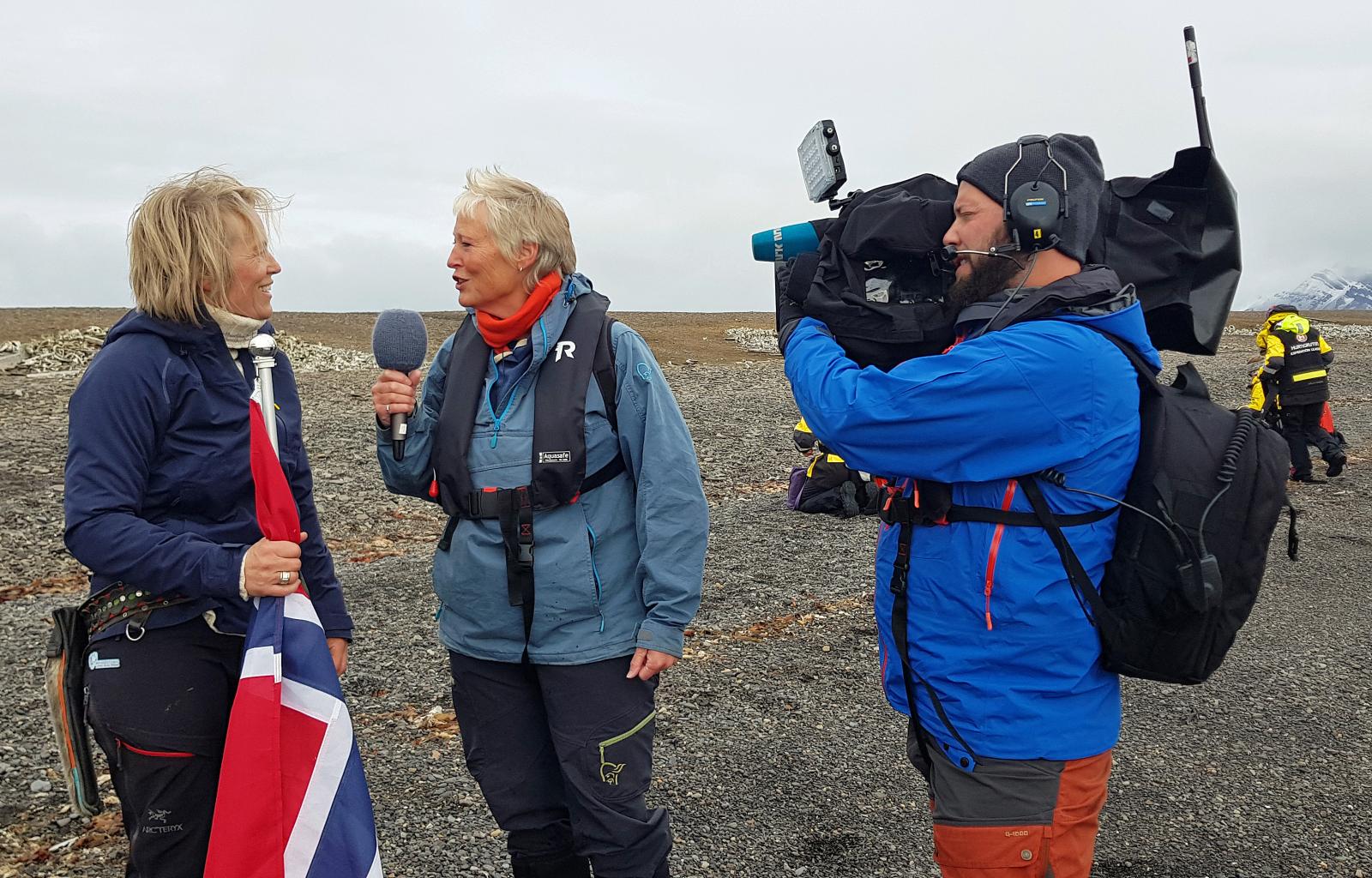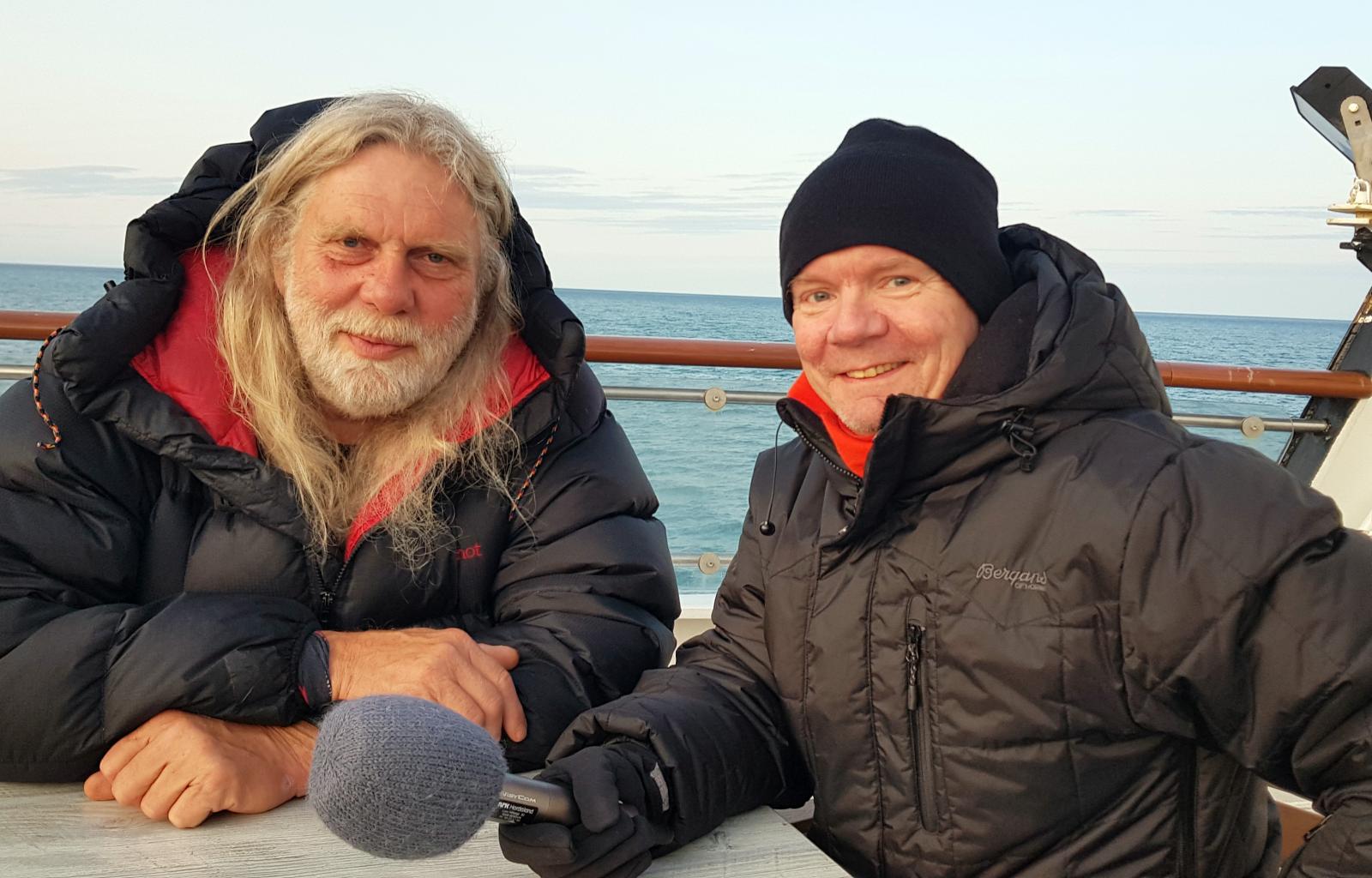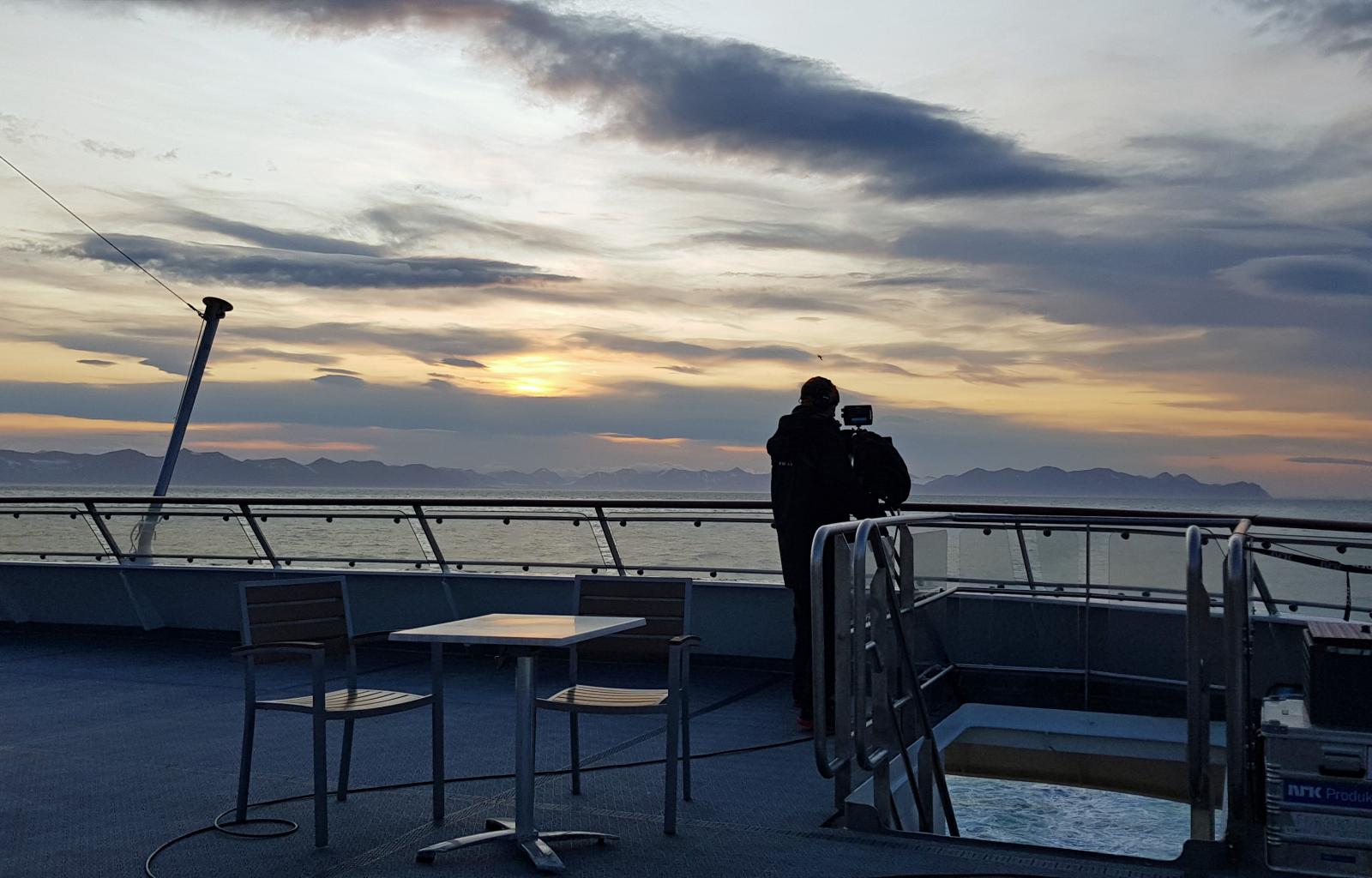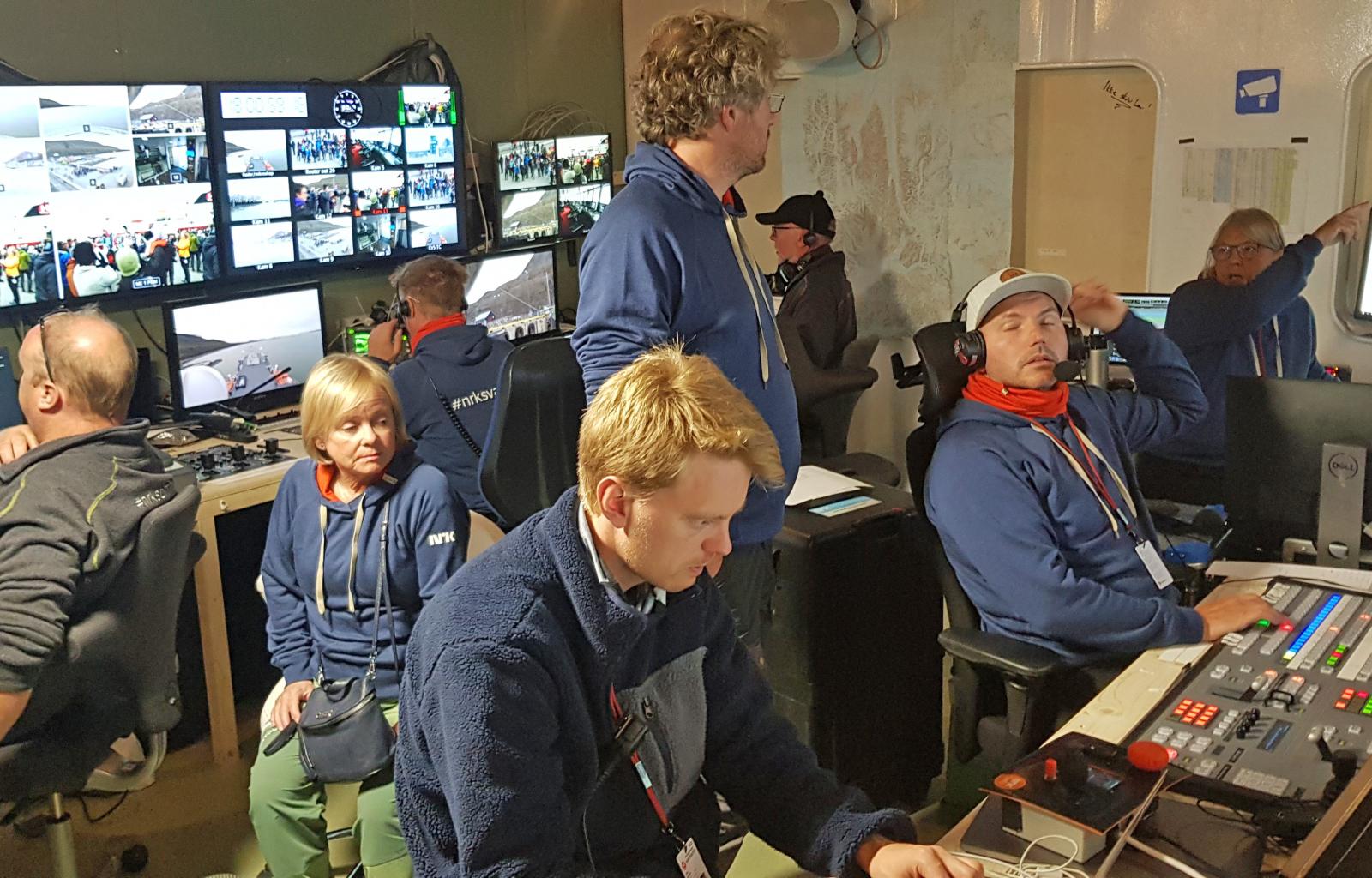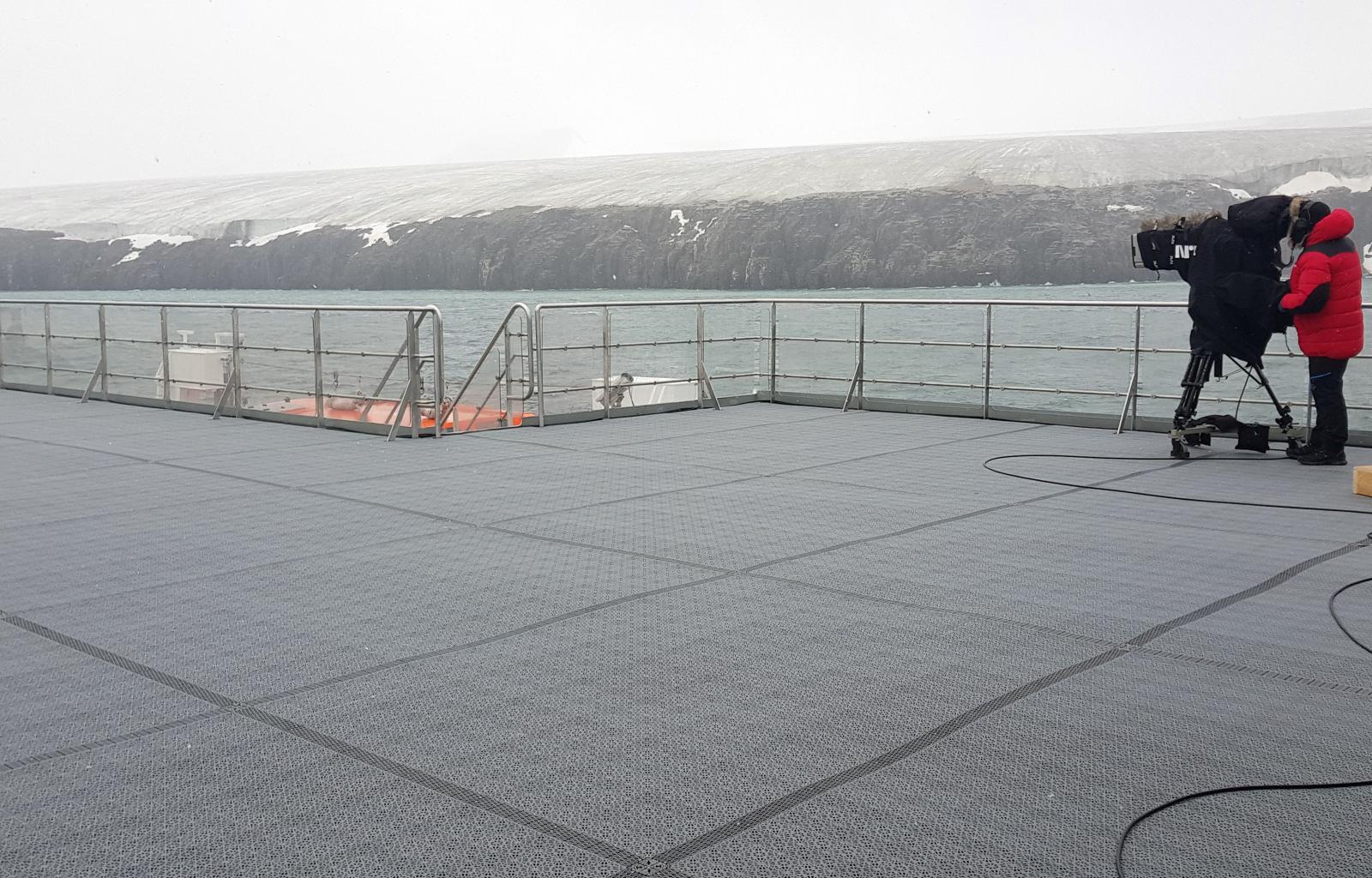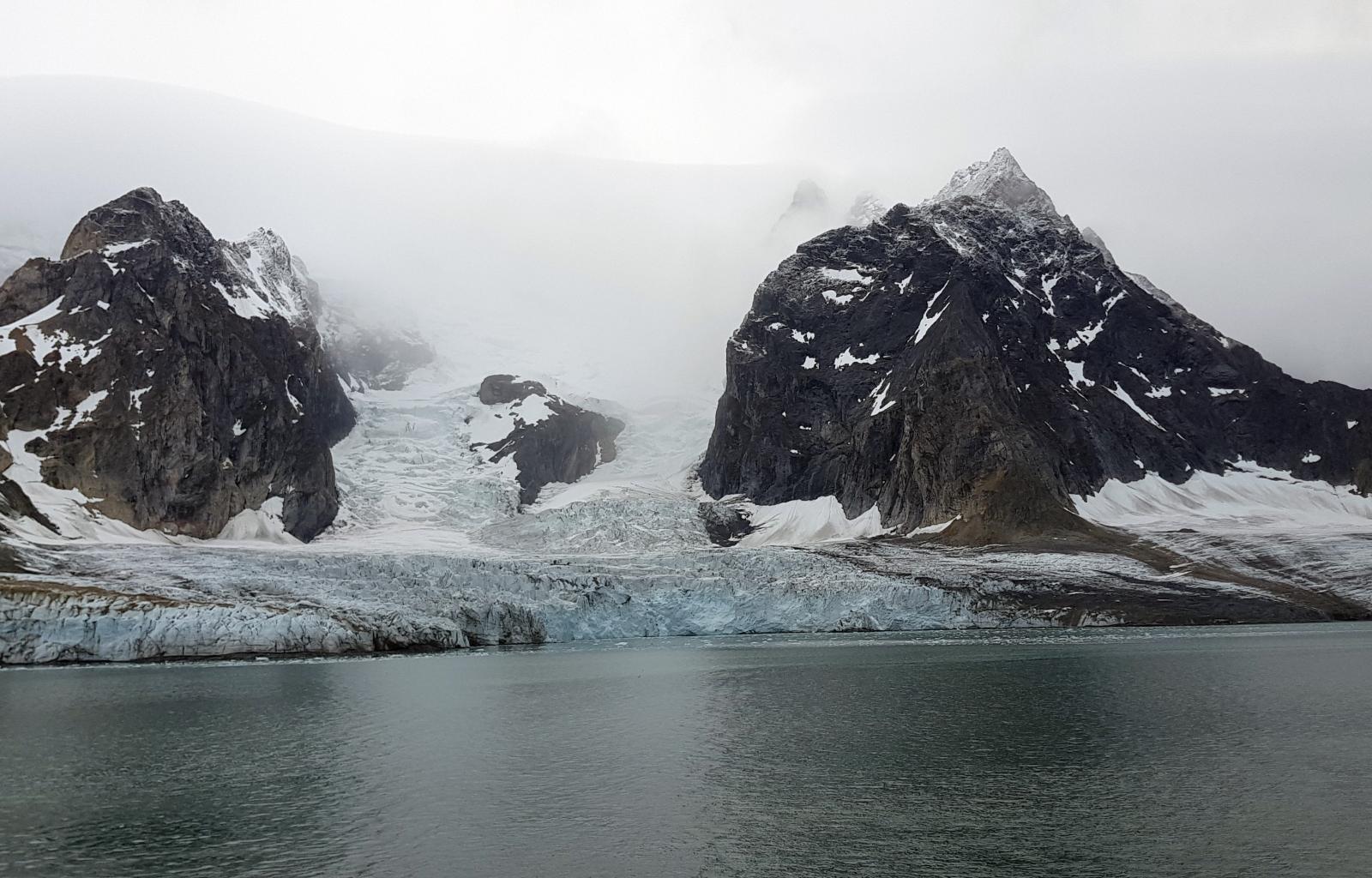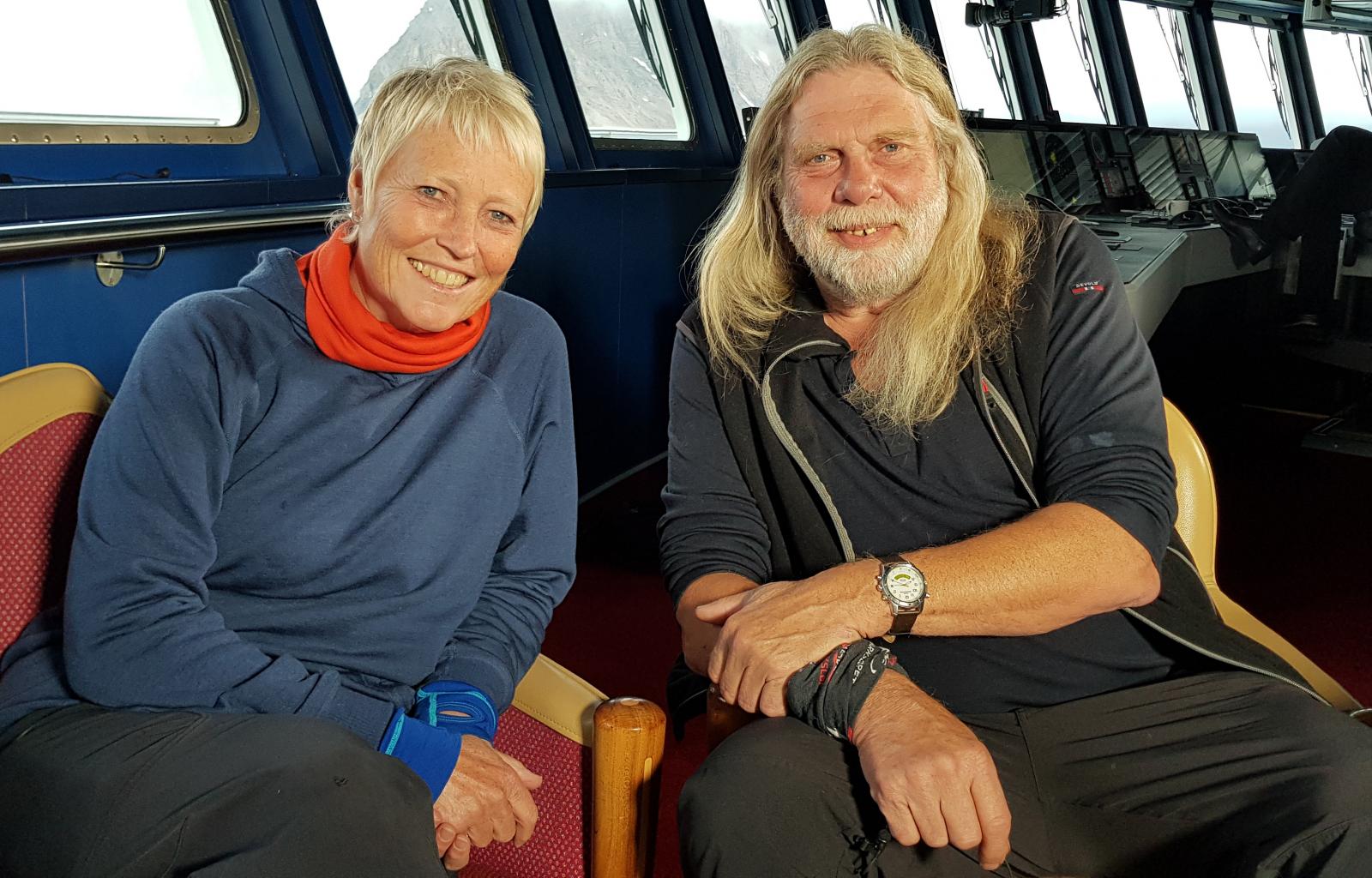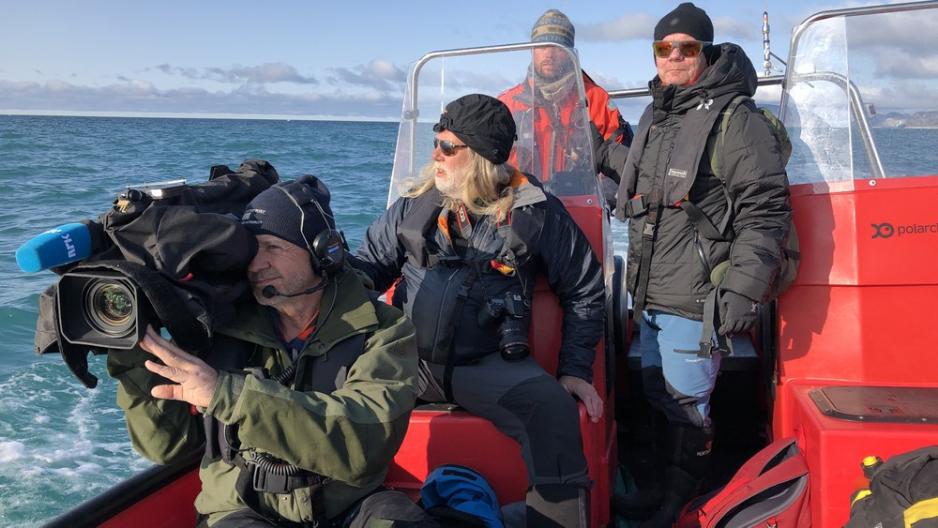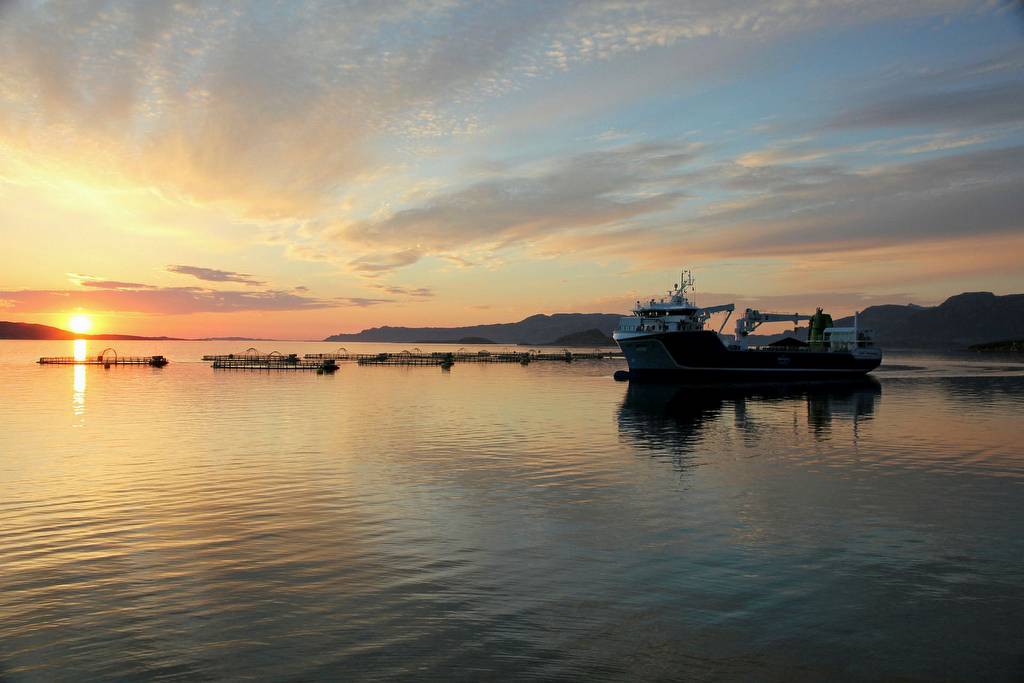The Svalbard Treaty 100 Years: A Journey from “Terra Nullius” to “All man’s land”
Svalbard is Norway’s Arctic gem; however, it is also a source of problems and conflicts. This year, the Svalbard Treaty celebrates its 100th anniversary and it is still a most current issue.
In just a few days, it will be exactly 100 years since the Svalbard Treaty was solemnly signed at the French Ministry of Foreign affairs.
Negotiation leader Fritz Wedel Jarlsberg had probably not envisioned that he, by signing the Svalbard Treaty in Paris on 9 February 1920, were to create an uprising amongst snow crab fishers in Latvia or a headache for Chinese scientists at Svalbard a lifetime, and more than that, later on.
Nevertheless, this goes to illustrate that the 100-year old treaty that grants Norway sovereignty over Svalbard is as important today as it was then.
Anniversary broadcast
On Friday, the longest slow TV show in history kicks off at Norwegian broadcaster NRK. During the nine days leading up to the anniversary day, the broadcaster will bring its viewers on a voyage around Svalbard – or “terra nullius” (no man’s land) as it was referred to 100 years ago.
The recording was made onboard the expedition vessel MS Spitsbergen in August 2019, and amongst those onboard you will find Editor-in-Chief of High North news, Arne O. Holm, who will act as a Svalbard expert and commentator during the voyage.
Holm moved to Svalbard in 1999 and stayed for six years. Three years as editor of the local newspaper Svalbardposten, three years as a guide. However, the trips, the voyages, the interest has been more or less a constant craving since the mid-1980s.
“At a time where international agreements are barely worth the paper on which they are written, the Svalbard Treaty has proven to be remarkably resilient. That is also one of the reasons why the official Norway is not too loud about its 100th anniversary. Don’t rock the boat; that’s the official Norwegian attitude to international agreements regulating the Arctic, and the same goes for the Svalbard Treaty.”
Don’t rock the boat; that’s the official Norwegian attitude to international agreements regulating the Arctic, and the same goes for the Svalbard Treaty.
“Other countries are ready to prey if Norway were to open up a debate, though I do not believe that would rock the core of the Treaty. Norwegian sovereignty over Svalbard is not contested at all. If there is any contested issue at all, that is due to the Treaty’s 100-year old history. It is actually quite impressive that such an old agreement still is powerful enough to survive modern politics, Holm comments.
Highly topical 100-year old
Professor Geir Ulfstein, who wrote a book about the Svalbard Treaty, believes the Treaty will be valid in the future too, both as a legal tool as well as in difficult and highly topical political debates.
“What the Treaty will contribute with today and tomorrow is as important as what it has historically contributed to. The Treaty may also end up mattering in the ongoing debate about the ice edge and petroleum exploration in the High North. There is also a discussion about whether the Svalbard Treaty applies not only in the 200 [metric] miles zone, but also on the shelf. However, petroleum activities are undoubtedly the potentially vast economic and political side of this”, he points out to High North news.
Today, the ocean areas cause the biggest problems. The Svalbard Treaty says that other countries’ rights apply in the territorial waters, which extend to 12 nautical miles. However, it does not refer to rights outside the territorial waters, i.e. in the 200 miles zone and on the continental shelf. Norway argues that other countries thus do not hold such rights. Several countries disagree with this. They argue that w hen Norway extends its rights to these ocean areas, then their rights should be extended too.
The debate about the ice edge is frequently in the news these days, in particular following the Progress Party’s recent exit from government. Deputy Party Chair Sylvi Listhaug has been very vocal in several forums in her expressing that the party does not want the ice edge to be drawn further south, but rather further north. The edge of the ice will in practice decide how far north one may open up for petroleum exploration.
“The closer to Svalbard this exploration takes place, the more objections may be expected from other countries, based on the regulations of the Svalbard Treaty. Both Russia and Great Britain have launched their objections already”, says Ulfstein.
A race for resources
Svalbard became known internationally when the archipelago was discovered by Willem Barentsz in 1596. With this discovery, a race for resources kicked off. At first it was about walruses and whales, which also lead countries to fight over the rights to the islands.
No one were able to effectively regulate the harvesting thereof. This is referred to as “the tragedy of the public”, Ulfstein writes in a [Norwegian] summary about the Treaty at the Arctica Svalbard web pages.
Resources were exhausted and no one took an interest in the islands anymore. After this, they were considered no man’s land. Only with coalmining activity from the late 1800s did a need for the rule of law arise on Svalbard.
Norway took the initiative to international negotiations about the archipelago before WW1, though these led nowhere. Opportunity knocked again after the war. In 1919, Norway requested sovereignty over Svalbard from the Peace Conference. This may be considered an early outcome of the Norwegian “polar imperialism”, which also resulted in territorial claims for Jan Mayen, eastern parts of Greenland, as well as in Antarctica.
However, unlike the occupation of these areas, Norwegian sovereignty over Svalbard was to be based on an international treaty signed in 1920 and entering into force five years later.
A survivor
When the Svalbard Treaty entered into force in 1925, Norway by and large left Svalbard to the various mining communities. But there has not only been peace and tolerance.
The Svalbard Treaty’s article 9 about military restrictions “survived” the conflicts during the Cold War in the 1950s. In the 1960s, the issue of petroleum activities and environmental protection came up, and in the 1970s, Norway started leading a more active Svalbard policy, for instance through strengthening the Svalbard Governor’s office in order to better control activities – both the Russian communities, but also Svalbard in general.
In 1977, Norway created a fisheries protection zone of 200 nautical miles around Svalbard in order to regulate fisheries, aiming to preserve resources.
Nevertheless, both the community and activities at Svalbard have changed completely since then. From being a coalmining and foraging community, the Norwegian coalmining activities are more or less gone today, while tourism and research activities have taken over. The Svalbard Treaty thus operates in a reality completely different from when it was adopted back in 1920.
Contested
We do not have to dig far back in our archives to find examples of how the Treaty is contested. The battle is not over sovereignty as such, but rather about how to interpret its various articles.
In March 2019, it became known that Norwegian authorities were working on a strategy for a clearer Norwegian scientific presence on Svalbard. To put it short; for the first time, Norway defined boundaries for science on Svalbard and decided that only natural sciences may be the focus of research conducted in Ny-Ålesund, and this research is to be published in English.
This made China furious and the Chinese objected vocally to the draft new research strategy. In its remarks during the hearing process, the Chinese Polar Institute wrote that they reserve the right to conduct research on whatever they want, including social sciences and law. They referred to the Svalbard Treaty’s being about equal treatment of the signatory countries and wrote that China would like to use its station as a base for both research, mining and perhaps also tourism.
The Norwegian Ministry of Foreign Affairs, however, has a different interpretation of the Treaty’s regulations and argue that research activities in Svalbard should take place within relevant Norwegian regulations, including the Svalbard Environmental Act.
Another example came when the Latvian vessel “Senator” put out 2,600 crab traps in the protected zone around Svalbard in January 2017. The Norwegian Coast Guard ordered the vessel to pull up the traps again, but the crew refused and referred to their having a license from the EU to fish in the area, just like 15 other crab-catching vessels. This license was invalid, Norwegian authorities argued, and referred o the Svalbard Treaty as well as Norway’s sovereignty over the area. The case ended with a Norwegian Supreme Court ruling last February stating that Norway is in its full right to prosecute EU vessels fishing snow crab in the protected zone around Svalbard.
Cut in rock
Despite everything; Geir Ulfstein nevertheless believes that the Treaty stands and argues that is is an anniversary worth celebrating.
“It is hard to predict the future, but the Svalbard Treaty has already survived for 100 years through big changes, and there is reason to believe it will survive another 100 years”, he says – though with all reservations.
The Svalbard Treaty has already survived for 100 years through big changes, and there is reason to believe it will survive another 100 years
The Treaty is practically “carved in rock” and any potential changes would require unanimity amongst all 44 signatory countries. However, Ulfstein does not believe Norway wants to enter into negotiations about changes to the Treaty, as that would open a can of worms.
“That would open up for a debate about Norwegian sovereignty, for instance, which one does not want to risk. Thus, I do not believe there will be formal changes. Nevertheless, there is an ongoing talk about change, about how the Treaty is interpreted and can be adjusted through interpretation.”
He stresses that one has to expect differing opinions about how to interpret the Treaty as well as about how to adjust through new interpretations – in the future too.
The various interpretations often disguise political interest.
“Then there is always the question about what battles Norway is willing to fight, in particular when considering the desire to maintain the Arctic as a low-intensity area. It is more about politics than about law, even though law is what it builds on.”
Could a treaty like the Svalbard Treaty have been signed today?
“We do not have any “no man’s land’ areas in the world today, so there is not much to compare it to. The closest you will get is perhaps the South China Sea and the fight about the rights to islands and rocks there. However, despite this being a question about smaller areas and small geographical formations, there is nevertheless an intense fight. And the reason for this fight is the surrounding sea areas. The islands in and of themselves are not that interesting, even though China has established airports there”, Ulfstein says in closing.
Norway’s Arctic gem
Author Per Arne Totland describes Svalbard as “Norway’s Arctic gem and a source of problems and conflicts”, yet argues that the signing of the Treaty represents Norway’s greatest foreign policy bargain ever.
“And the strategic significance of Svalbard is greater than ever since the Svalbard Treaty was signed almost 100 years ago”, he says to High North News.
The fact that the Svalbard Treaty safeguards Norwegian sovereignty over Svalbard and the surrounding sea areas currently has a vital security policy significance, he argues:
“If Svalbard had been e.g. Russian or American, or if we had not had the military restrictions included in the Svalbard Treaty, we may not have had the stability there that we are currently witnessing.”
Nevertheless, he points out several conflicts about to emerge, such as e.g. the fact that Norway has awarded petroleum exploration licenses within the so-called “Svalbard box”, i.e. a square that lies between 10 and 35 degrees East, and 74 and 81 degrees North.
“Russia, for instance, claims that that is a violation of the Svalbard Treaty. Norway argues that both the islands as well as the seabed and surrounding sea areas are ‘100 percent Norwegian’ and that Norway can do as it pleases, whether it be about fishing or oil exploitation. The awarding of these licenses can be interpreted in two ways; either as Norway making its mark, or as a provocation”, he says.
Challenging gatekeeper duty
No one contests Norwegian sovereignty over Svalbard. However, the Norwegian view on how far Norway’s sovereignty and right to decide reaches, is frequently challenged.
“For instance, climate changes and a warming ocean may lead to the fish moving increasingly north, where its feed is more attractive. This may potentially open up for other states’ challenging the Norwegian fish protection zone that was drawn up in 1977”, Totland says.
If one draws a circle around the top of the globe on level with Bear Island, some three percent of the world’s surface is located within this circle. Inside this vast area is just one single place with a commercial port, an airport with daily flights, hospital, broadband and other infrastructure. That is Longyearbyen, he writes in a Norwegian op-ed called “Vulnerable Svalbard”.
The world is paying attention, and Norway’s job as a ‘gatekeeper’ is growing increasingly challenging.
“And not just that; while much of the northern parts of Arctic are subject to the coastal states’ restrictions, Svalbard is, through the Treaty, an open door to the top of the globe for an entire world. This comes in addition to the archipelago’s strategic location in a potential conflict between Russia and Nato. The world is paying attention, and Norway’s job as a ‘gatekeeper’ is growing increasingly challenging”, he points out.
So is Norway doing enough and a good enough job in managing this major assignment? Per Arne Totland is not at all sure the answer is an unconditional “yes”.
“Norwegian authorities claim that sovereignty over Svalbard is uncontested. That is just partially correct. The maintaining of sovereignty over Svalbard rests on three pillars. One is the Svalbard Treaty, where interpretation is contested. The second is legislation, governance and politics on Svalbard, which is already under pressure. And the third is presence or, if you will, Norwegian feet on the ground.”
Ten years ago, seven out of then Svalbardians were Norwegians. Today, they constitute just half of the population there.
“That is not wrong in and of itself, however, public international law does not exist in a vacuum. Norway must have a robust and stable presence on Svalbard in order for our sovereignty to be credible”, he says and warns:
“If we are challenged in two out of these three pillars, it may lead to our having poorer cards on our hand.”
China, the joker
Totland also believes it is important to protect the Norwegian principle that there should not be bilateral conversations about Svalbard.
“Russia has repeatedly expressed a desire to do so, however, Norway has refused. In the future, there will probably be more requests like this and all the more important to stick with our policy. In particular given China, the new joker in the Arctic that comes increasingly closer and also has partnerships with Russia in both shipping as well as oil and gas. The protests against the new Norwegian regulations for research on Svalbard is a good example of the fact that China is very interested in the Arctic. It is very interesting that the Chinese openly criticized the Svalbard Treaty in this way. They have never done that before”, he says.
Norwegian Chief of Defense Håkon Bruun-Hanssen also noted the Chinese reaction. In his annual speech last week, this was one of the episodes he highlighted:
“The High North and the Arctic have received increased attention, and we see that conflicts of interest are becoming more prominent. Russia wants to protect and regulate its rights in the High North and seeks cooperation with China for this purpose. Countries like the USA and Great Britain do not want regulation, however, they emphasize all forms of freedom of navigation. In the past year we have also seen how the big powers test one another over the freedom of movement along the Northern Sea Route. The USA is criticizing Russia for overstepping in the Arctic and is opposed to Chinese presence in the region. China is focused on access to natural resources and seeks to gain footing in the region. Their invitation to debate about the legal foundations of the Svalbard Treaty in this context is rather worrying from a Norwegian perspective. A Russian-Sino collaboration in the High North could challenge our interests in the area”, he said.
Norway’s biggest polar achievement
But how does this infamous treaty really affect those living on Svalbard? We asked Local Council premier Arild Olsen (Labor), who has lived on 78 degrees north for 20 years.
“I actually haven’t thought much about that until you called just now”, he says and continues after a pause to think:
“Generally speaking, I believe that people are less affected by the treaty than what many may believe. What we perhaps notice the most in our everyday lives is the environmental legislation, which is a direct effect stemming from the Svalbard Treaty obligations. We live right in the middle of Europe’s best preserved wilderness, with a series of national parks as well as a series of restrictions when it comes to moving about and governing the wilderness. I believe we are more affected by “old fun” than by the Treaty’s obligations. We maintain these in the best way possible.”
Some 2,400 people from 52 different nationalities live in Longyearbyen. Olsen refers to his home town as “a unique piece of Norway”, but does not primarily refer to the wild nature and the characteristic mountains.
Svalbard is Norway’s biggest polar achievement because we have managed to build a feasible community at 78 degrees North.
“Svalbard is Norway’s biggest polar achievement because we have managed to build a feasible community at 78 degrees North, with modern infrastructure and a sound, diverse business life, despite all restrictions and abnormal frames within which one may operate. Svalbard has become a showcase for the future in that respect, and also a strategic advantage for Norway”, he describes.
It is this, and not a mythological treaty, that makes the Svalbardians in general proud to live in and come from Longyearbyen. They feel they are a part of Norway’s living polar history.
“We operate on a principle of simplicity, even though it is challenging to run a society so far north. But we live well with the limitations, and with the Treaty.”
Forever a guest
From the Svalbard community started growing in the 1960s and 1970s and up until today, there could – in theory – be generations of Svalbardians in Longyearbyen. However, Svalbard is not a lifetime community. You cannot give birth here, nor be buried. And if you need services beyond what is offered, you will have to go.
“One may argue that this leaves a mark on the community, often in a negative context. However, this is a consequence of the desire to keep things as simple and cheap as possible, and it is based on a national policy framework for Svalbard. If we who live here were to have needs that do not fit the box, be it about sickness or age, the mainland municipality to which we belong must take responsibility.”
Olsen says people are divided in their desire to live their entire lives on the island that many of them love dearly and refer to as “home” after some time.
“To some, Svalbard is the place for big adventures and brief periods of life, whereas others live here for a long time and learn to love the place. Like me. I have lived here for 20 years and think it is strange to remember that I am just visiting. I kind of wish I had the freedom to chose, however, I do understand the policy framework that has been established. These are big questions and also have an economic aspect to them”, he emphasizes and expands:
“Establishing a welfare system in Longyearbyen would demand large sums from the state budget and would require Norwegian authorities to apply a tighter Svalbard policy. For instance, the absence of visa requirements and the Immigration Act has given us a community with 52 nationalities. This is mainly a local enrichment that has led us to have a very particular community from which many can learn, yet it also offers challenges to the central governance authorities.”
I have lived here for 20 years and think it is strange to remember that I am just visiting.
There will not be a pompous celebration in Longyearbyen, at least not one organized by the Local Council.
“There will probably be smaller events here and there, however, I do not believe that we who live here have the same perception of the significance of the Svalbard Treaty as does perhaps the rest of the nation. We do not reflect much upon it, perhaps because we soon have to fast forward to 1925 before finding anything resembling a community up here. Only in the 1960s and 1970s did people start settling down here, and local democracy was not introduced to Longyearbyen until 2002. Thus, we have a much briefer history than 100 years”, he says and closes:
“But I, personally, am indescribably proud to be part of the Norwegian polar history.”
13,319 minutes of Svalbard
Even though the 100-year old is not to be celebrated in Longyearbyen, the national broadcaster has brought out the big guns for the 100th anniversary of the signing of the Svalbard Treaty. The slow-TV minute-by-minute voyage around Svalbard kicks off on Norwegian broadcaster NRK today.
NRK Project Manager Thomas Hellum, who is also the man behind all the former minute-by-minute TV shows from NRK, refers to the Svalbard series as the ultimate slow-TV project where you can join the trip, learn and experience – without physically going there yourself.
“We believe that everyone in one way or another has a dream of Svalbard. A round trip is unachievable for many, but everyone can join here – from the comfort of their own home. We will communicate the experience of nature, the landscape and the fauna. In addition, we will venture on land and see traces of history, Hellum says in the program description.
However, the nine-days long voyage will be more than just about beautiful nature. Arne O. Holm argues that we can learn much from the experiences from the 100 years with the Svalbard Treaty.
“Norwegian sovereignty has also contributed to a modernization of Svalbard’s status. This goes in particular for the Environmental Act, which was adopted around the turn of the millennium. It grants Norway a reinforced and decisive influence over industrial establishing on Svalbard, in addition to place regulations on how nature can be used without being abused. It is nevertheless a paradox that operations on land are strictly regulated, whereas sea-based activities run clear of this, even in nature reserves. We saw that in particular when the Northguider praw trawler shipwrecked on northeastern Spitsbergen”, he says.
Russia, which is solidly represented in Pyramiden and Barentsburg on Svalbard, infrequently submits semi-official protests to Norway’s governance, without this in sum ever challenging Norwegian sovereignty.
“Nor has China’s recent protest through a hearing statement. The significant of this can be exaggregated, even by defense chiefs”, Holm argues.
At the same time, the attention given to the Arctic these days highlight the development on Svalbard. In particular the liquidation of mining operations has contributed to reducing the Norwegian part of the population, though that is not really news. There were, in earlier times, far more Russians than Norwegians on Svalbard. What is new, is that this happens within the Norwegian population.
“From a business point of view, one of the challenges is that one of Svalbard’s biggest actors in tourism, Hurtigruten, is owned by a British investment fund with clear sales ambitions. That may, in turn, lead to other nations such as e.g. China establishing a presence on Svalbard in a way we have never seen before. At the same time, the inhabitants in Longyearbyen prefer to define themselves as part of an international community. All these are questions I try to inform to the best of my abilities in this enormous NRK project through live TV broadcasting for nearly ten days from the most beautiful place on the planet”, Holm says in closing.
Could not refuse
When asked why he said yes to be an expert 24/7 for nine days, he says:
“Why did I say yes? The question is wrong. Can one say no to a round-Svalbard-trip?” he asks and says in closing:
“To me, this is an extension of the work we do at High North News, at the High North Center for Business and Governance, and at Nord University. It is a continual storytelling about the High North and the Arctic. We owe it to our surroundings, we who have the fortune of being employed by a knowledge institution.”
The NRK show will span across nine days, five hours and fifty-nine minutes – or 13,319 minute-by-minute. The entire voyage is sent without interruptions on NRK2 and on NRK TV from 31 January until 9 February 2020.



